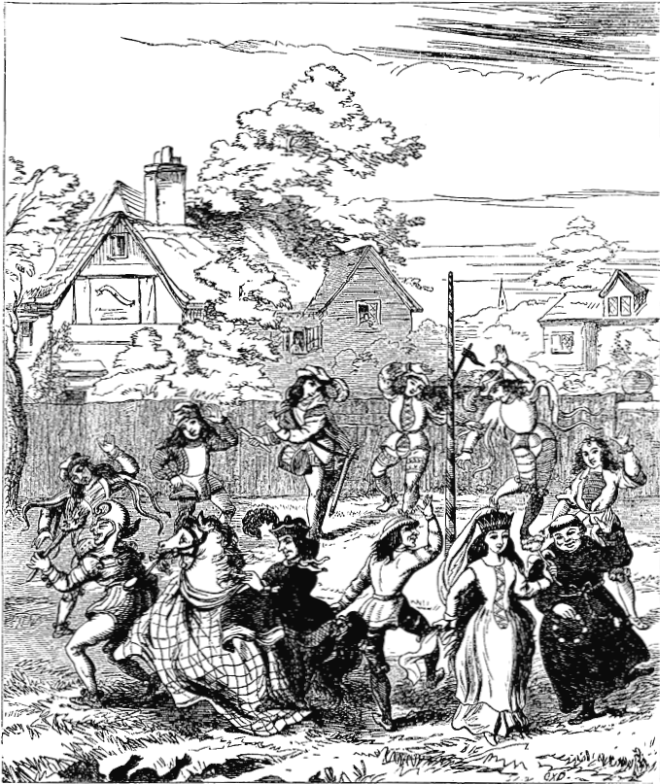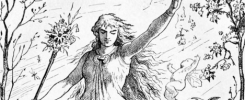As April gives way to May, the Earth is alive the height of Spring and the promise of Summer. Celebrated on 1st May, or May Day, Beltane marks the halfway point between the Spring Equinox and the Summer Solstice. It’s one of the four fire Sabbats and has deep roots in Celtic and Pagan traditions.
The word Beltane (sometimes spelled Beltaine or Bealtaine) comes from the Old Irish Bel taine, meaning ‘bright fire’ or ‘Bel’s fire’, referring to the Celtic Sun god. Sitting opposite Samhain on the Wheel of the Year, Beltane contrasts the dark, sombre October Sabbat with celebrations of life at its fullest, honouring the fertile fields, blooming flowers, and returning strength of the Sun.
Ancient Traditions of Beltane
Bonfires
Beltane was historically celebrated with bonfires lit on hills across Ireland, Scotland, and other parts of Britain. People would drive their cattle between two fires to bless and protect them from disease. The flames, smoke, and ashes were thought to have protective and healing powers. Young lovers and revellers would jump the flames to increase fertility and bring good luck.
Maypole Dancing
The Maypole itself is believed to be a symbol of fertility, with origins stretching back to pre-Christian Europe. While exact origins are debated, the idea of dancing around a tree or pole to celebrate the renewal of life in spring is likely a blend of Germanic, Celtic, and Roman traditions. Germanic tribes are thought to have celebrated the coming of summer by decorating a living tree and dancing around it in woodland festivals. Likewise, the Romans honoured Flora, goddess of flowers and Spring, with a late April festival called Floralia, involving floral decorations, music, and dancing.
By the Middle Ages, maypoles were a well-established part of May Day, with celebrations across Europe, especially in England and Germany. Villagers would often go out early in the morning to the woods, cut down a tree, and carry it back to the village as the Maypole.
The pole would be decorated with ribbons, garlands, and flowers, then raised in the town square. People would dance around it, weaving intricate patterns with the ribbons, a ritual often accompanied by music, feasting, and merrymaking.
These celebrations were deeply tied to fertility of the land, animals, and people. The tall, upright pole was also seen symbolically as a phallic representation of male energy being united with the Earth, the feminine, to ensure a fruitful growing season.
Handfasting Ceremonies
Temporary or permanent unions were performed during Beltane, honouring love and partnership. Handfasting is an ancient ritual that symbolises the binding of two people in love, traditionally through the literal tying of their hands together with cords, ribbons, or cloth. It’s where we get the phrase ‘tying the knot’.
The Green Man and the May Queen
Beltane celebrates the sacred union of the masculine and feminine energies, often represented by the union of the Green Man and the May Queen. The Green Man is an ancient symbol of nature’s vitality, growth, rebirth, and the wild, untamed spirit of the forest, emerges in spring, full of life and vigour, to woo the May Queen. The May Queen is the embodiment of Spring, beauty, love, and the blossoming Earth. She is a goddess-like figure representing fertility, youth, and abundance. In folk traditions, she’s often chosen from among the village maidens to lead the May Day parade, crowned with flowers and dressed in white. At Beltane, she and the Green Man come together in a sacred marriage or Great Rite. This divine coupling brings life and abundance to the land.
Modern Celebrations for Beltane
Whether you follow a Pagan path or simply feel drawn to seasonal rhythms, there are so many beautiful ways to celebrate Beltane.
Light a Fire (or a Candle)
Fire is at the heart of Beltane. It symbolises purification, passion, and transformation. If you can safely light a bonfire, do! If not, a candle works just as well. Sit with the flame, set intentions, and release anything that no longer serves you.
Decorate with Seasonal Greenery and Flowers
Bring the outside in. Beltane is a celebration of blooming life, so adorn your home or altar with fresh flowers, green branches, and herbs like hawthorn, rowan, or birch. Making flower crowns or garlands is a fun and sacred way to honour nature’s beauty.
Create a Beltane Altar
Build an altar with symbols of fertility and fire: red and white candles, flowers, seeds, fruit, antlers, Sun symbols, or statues of the Green Man and May Queen. Use this space to meditate, journal, and do spellwork.
Feast with Seasonal Foods
Beltane is a sensual, Earthly celebration, so bring on the food. Enjoy a feast of seasonal produce, fresh berries, honey, oatcakes, or mead. Share it with friends or offer a small plate to nature as a thank-you.
Leave an Offering for the Fae
This is traditionally a time when the veil between worlds is thin, especially between our realm and the faerie folk. Leave a respectful offering, milk, honey, bread, or shiny trinkets, in a garden or wooded area. Speak kindly and leave no trace.
Make a Wish at Dawn
Beltane is associated with magic and manifestation. Rise with the Sun and make a wish, whether aloud, written, or held in your heart. The fresh dawn energy is perfect for planting seeds (literal or metaphorical) for the months ahead.
Beltane is a festival of life in all its wild, blooming, beautiful forms. Whether you’re lighting a candle or dancing under the stars, what matters most is your intention. Celebrate the warmth, welcome abundance, and step fully into the light of the season.
Blessed Beltane to all.




